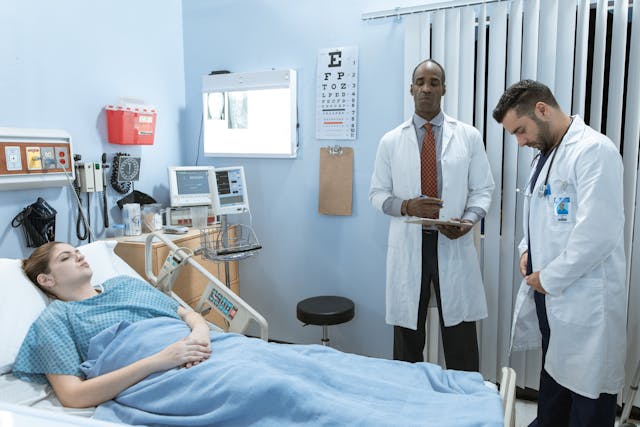Integrating Electronic Medical Records (EMR) with Revenue Cycle Management (RCM) software solutions is a strategic approach that enhances patient care while optimizing revenue streams in healthcare facilities.
This synergy not only streamlines administrative processes but also improves the accuracy and efficiency of care delivery and billing practices. Let’s delve into how the integration of patient EMR with RCM software can transform healthcare administration and patient services.
Understanding EMR and RCM Software
Electronic Medical Records (EMR) are digital versions of the paper charts in clinician offices, clinics, and hospitals. EMRs contain the medical and treatment histories of patients in a digital format, enabling healthcare providers to track data over time, easily identify which patients are due for preventive screenings or checkups, monitor how patients are doing on certain parameters—such as blood pressure readings or vaccinations—and improve overall quality of care within the practice.
Platforms like Canvas chronic care EMR take this a step further by offering specialized tools for chronic care management. These systems help providers coordinate long-term treatment plans, ensure consistent patient engagement, and streamline communication across care teams, ultimately improving outcomes for patients with ongoing health conditions.
Revenue Cycle Management (RCM) software is used to manage the financial aspects of the patient care process, from scheduling and registration to billing and revenue collection. The primary goal of RCM software is to streamline administrative processes to ensure that the financial side of care is managed efficiently without sacrificing service quality.
The Need for Integration
The integration of patient EMR and RCM software is essential for several reasons:
- Data Accuracy: Shared data between EMR and RCM systems reduces the likelihood of errors since information such as patient demographics, insurance details, and treatment histories are entered only once.
- Efficiency: Integrated systems reduce the administrative burden on staff, allowing them to focus more on patient care rather than administrative tasks.
- Enhanced Revenue Management: With seamless data flow, billing becomes more accurate, which reduces claim rejections and denials due to discrepancies in patient records.
Benefits of Integrating Patient EMR with RCM Software
- Improved Patient Care: Integration ensures that healthcare providers have complete and accurate patient information at their fingertips during every visit, allowing for more personalized and timely care. The seamless flow of patient data from the EMR to the RCM system ensures that treatment plans are correctly billed and coded, which reduces the time to payment and improves the overall financial health of the practice.
- Streamlined Operations: When patient EMR and RCM software are integrated, the information flows seamlessly from the point of care to the billing department without the need for redundant data entry. This not only speeds up the billing process but also reduces the administrative load on staff, allowing more resources to be dedicated to patient care.
- Increased Revenue: By integrating EMR with RCM software, billing errors are significantly reduced, leading to a decrease in denied claims. Faster billing and improved accuracy increase the likelihood of collecting payment at the first submission, thus improving the cash flow and profitability of healthcare providers.
- Compliance and Reporting: Integrated systems simplify compliance with healthcare regulations, such as HIPAA in the United States, because they enable easier and more secure management of patient data. Reporting capabilities are also enhanced, allowing practices to analyze trends, track performance metrics, and make informed decisions based on comprehensive data.
Implementation Considerations
Implementing an integrated EMR and RCM system involves careful planning and execution:
- Choosing the Right Software: Not all EMR and RCM systems are easily compatible. Selecting software solutions that can integrate smoothly is critical.
- Training and Support: Staff should be adequately trained on the new integrated system. Continuous support should be provided to address any issues that arise during and after the integration process.
- Data Security: Protecting patient data is paramount. Ensure that both the EMR and RCM systems comply with all relevant data protection regulations and that the integration does not compromise data security.
Conclusion
Integrating patient EMR with RCM software offers a holistic approach to managing both the clinical and financial aspects of patient care. This integration not only improves the efficiency of healthcare practices but also enhances the quality of care provided to patients. As healthcare technology evolves, the integration of these systems will become increasingly important, shaping the future of healthcare operations and patient management strategies.







